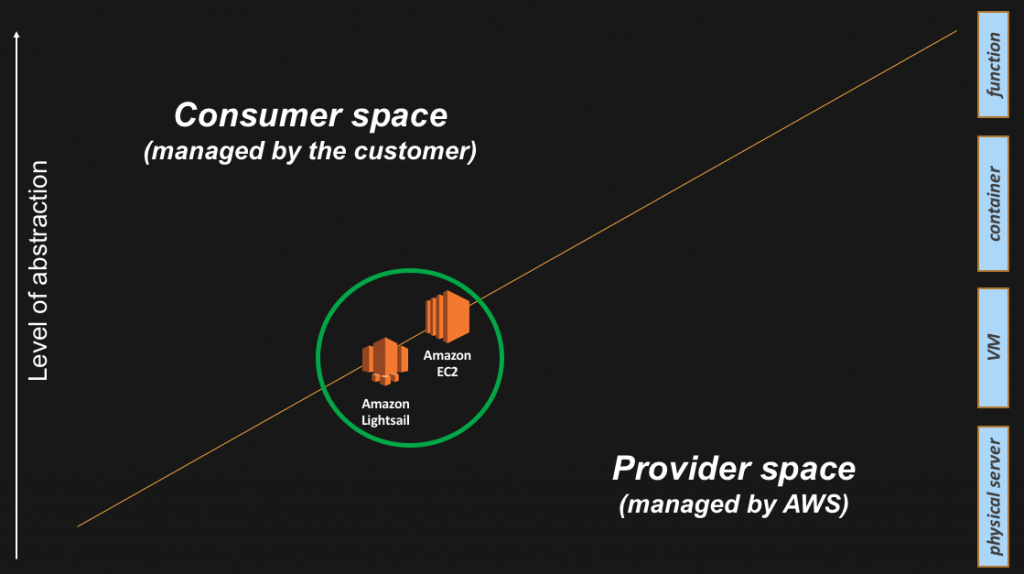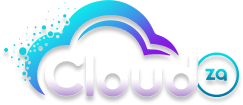
For enthusiasts seeking the best environment for their containerized apps, choosing between Amazon Elastic Compute Cloud (EC2) and Amazon Lightsail can be a confusing procedure in the ever-changing world of cloud computing. Both services are excellent at hosting a wide range of apps, but this in-depth tutorial will go into more detail on how to make them easier to use so that users may choose the best option for their needs based on various aspects such price, uptime, and ease of use.
Understanding the Basics
Containers have the unique advantage of separating applications along with their dependencies and runtime environments, enabling consistent application deployment across several hosts. One popular and reliable containerization platform that is particularly effective and lightweight for deployment is Docker. Amazon Web Services (AWS) enhances this capacity with strong virtual services, of which Amazon EC2 and Lightsail stand out as excellent options for individuals seeking to run containers in the cloud with ease.
It becomes crucial to comprehend the fundamentals of containerized apps before adopting them. Whether an application is being tested or is being hosted on production servers, containers offer the flexibility to run it reliably in a variety of contexts. This procedure is made simpler by Docker, a reliable containerization technology that encapsulates applications and their dependencies to guarantee reliable operation across several computer environments.

Lightsail vs EC2
Lightsail is the best option when cost predictability and convenience of usage are the most important factors. Its simple pricing structure makes budgeting easy and eliminates the headaches that come with horizontal growth. On the other hand, although EC2 can be tailored to meet certain infrastructure requirements, managing costs can be difficult, especially when handling erratic usage patterns.
With its container-focused approach, Lightsail stands out for customers who prioritize ease of use and a simpler setup. This is particularly visible in cases such as quickly creating a personal portfolio website. Users benefit greatly from Lightsail’s predictable pricing, which offers a transparent and uniform cost structure. This predictable approach is the best option for people who want a clear-cut and reasonable financial outlook because it does not require complex computations.

CloudZA on Using Lightsail
One concrete way that Lightsail’s effectiveness is put to use is in hosting open-source communication apps for development teams. A prominent issue in these kinds of situations is data transmission and storage security. Lightsail guarantees secure traffic control thanks to its strong security features. This means that sensitive data is protected both during transmission and at rest thanks to encryption.
Lightsail is a useful tool in practical situations, particularly when it comes to hosting open-source communication apps. In any organization, one such event could be the introduction of an app meant to facilitate team communication. Ensuring smooth coordination and addressing important data security concerns that could present a problem. In such a scenario, a good example of this would be to use an application known as RocketChat, which is run by pulling its image from docker and made live on the instance for the teams to start utilizing.
Security and HTTPS with Route 53 and Letsencrypt
When it comes to production environments, HTTPS adoption is the final step toward ensuring secure data transmission. Using dependable DNS service providers such as Amazon Route 53, makes the procedure of registering a personal domain name easier. Consequently, this establishes the foundation for acquiring an SSL/TLS certificate, which is a crucial measure in guaranteeing a secure connection.
The addition of HTTPS to the Lightsail instance goes beyond simple registration to further ensure security. A thorough comprehension of the protocol behind the URL—HTTPS in particular—becomes essential. A public IP address is usually made available during the initial configuration of a Lightsail instance, allowing access through the HTTP protocol. This method lacks the security required for production, even if it is practical for the development and testing phases.
Strong security rules must be configured in order to secure the Lightsail instance. It is essential in this regard to comprehend how to reach an instance’s URL, or the URL of any other server. The protocol specifies the kind of connection that exists between the client and the server and is always present at the beginning of a URL. Upon first creating an instance on Lightsail, one can often reach the server using an HTTP protocol using a public IP address. Fast access is possible during development and testing, but encryption and security are inadequate for production stages.
Moving to the HTTPS protocol is necessary to strengthen the security of the Lightsail instance. The incorporation of Amazon Route 53 is crucial in this case.
Serving as a DNS service provider, Route 53 makes it easier for anyone to register a personalized domain name, giving the server’s access point a more polished appearance. The basis for acquiring an SSL/TLS certificate from Letsencrypt is this domain name.
An important part of this security ensemble is Letsencrypt. Letsencrypt, a nonprofit Certificate Authority, provides free SSL/TLS certificates, which is a commendable service. In order to communicate with the server, the registered domain name must be submitted and an open port 80 must be specified. Upon obtaining the certificate, it interacts with the Lightsail instance effortlessly, changing the protocol from HTTP to the secure HTTPS.
One cannot stress the importance of HTTPS. Data is encrypted while in transit to protect it from any attackers. Through encryption, users interacting with the Lightsail-hosted dockerized instance may be assured of a private and safe transmission of information. The HTTPS protocol offers the guarantee that critical communications, financial transactions, and personal information will remain private and essential during the transfer between the client and the server.
To sum up, the integration of Letsencrypt with Amazon Route 53 creates a strong foundation for improving a Lightsail instance’s security.
Making the switch from HTTP to the secure HTTPS protocol is not only in line with production environment best practices, but it also gives users interacting with the hosted dockerized applications more confidence. As the digital world develops, security in these deployments must always come first. Lightsail, when combined with these security measures, is a dependable option for cloud-hosting containerized applications.
Contact CloudZA to discuss how we can assist you with your AWS solutions.

Related Articles
AWS Toolkit: Your Ultimate Companion for Visual Studio 2022!
As a developer, you are constantly seeking ways to streamline your work and make it easier. And when it comes to cloud computing, Amazon Web Services (AWS) is one of the most popular platforms. But what if I told you that you can access the AWS Console and services...
Moodle on AWS
Moodle has over 300 million users spread across 242 countries, making it the world’s most widely used learning platform. The world’s most widely used learning platform Moodle enables educators, administrators and learners to utilize a single robust and secure system...
Benefits of a Hybrid Cloud solution
Hybrid cloud solutions allows organizations to benefit from the security advantages of your on-premise environment as well as the flexibility of the public cloud. Hybrid Cloud - The best pathway to becoming Cloud-Native Many companies have the goal of becoming...



